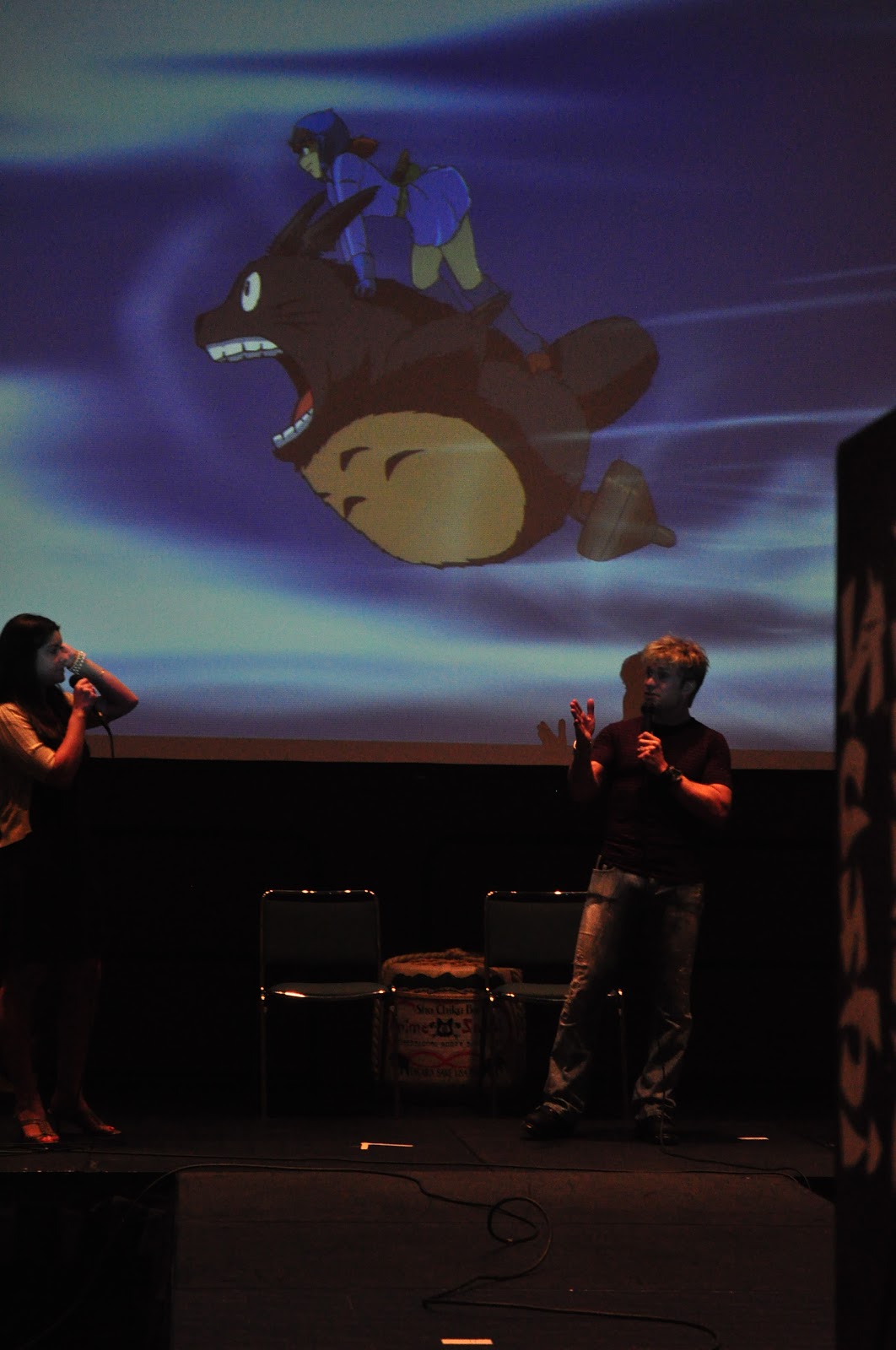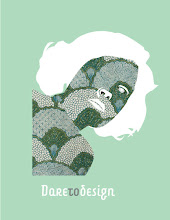
So I'm at the final month of my college degree. After finishing my demo reel for the umpteenth I'm feeling great. As many of you know, I like art. I like it very much. I also like intricate designs for festivals, if you didn't catch that in my recent posts. So, let it be known that this pattern will continue for quite some time.
The first show that I saw was The Horn of Plenty To Lowered Ceiling.
This show, curated by Gosse Osterhof, was about the pieces of Jonathon Monk and his jigsaw...























